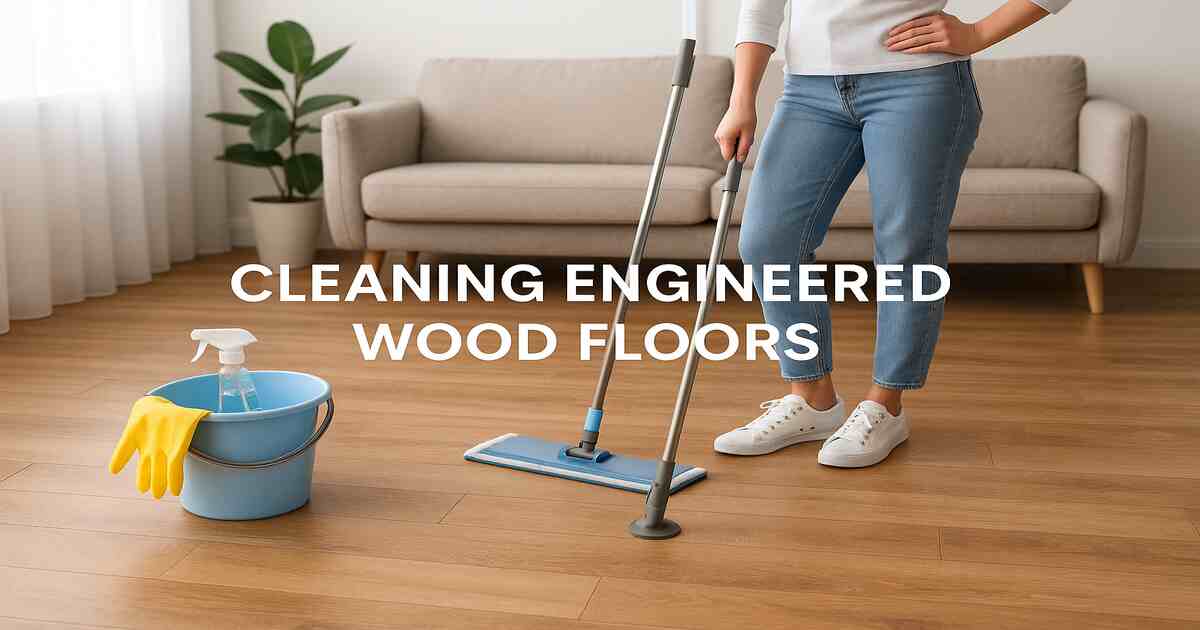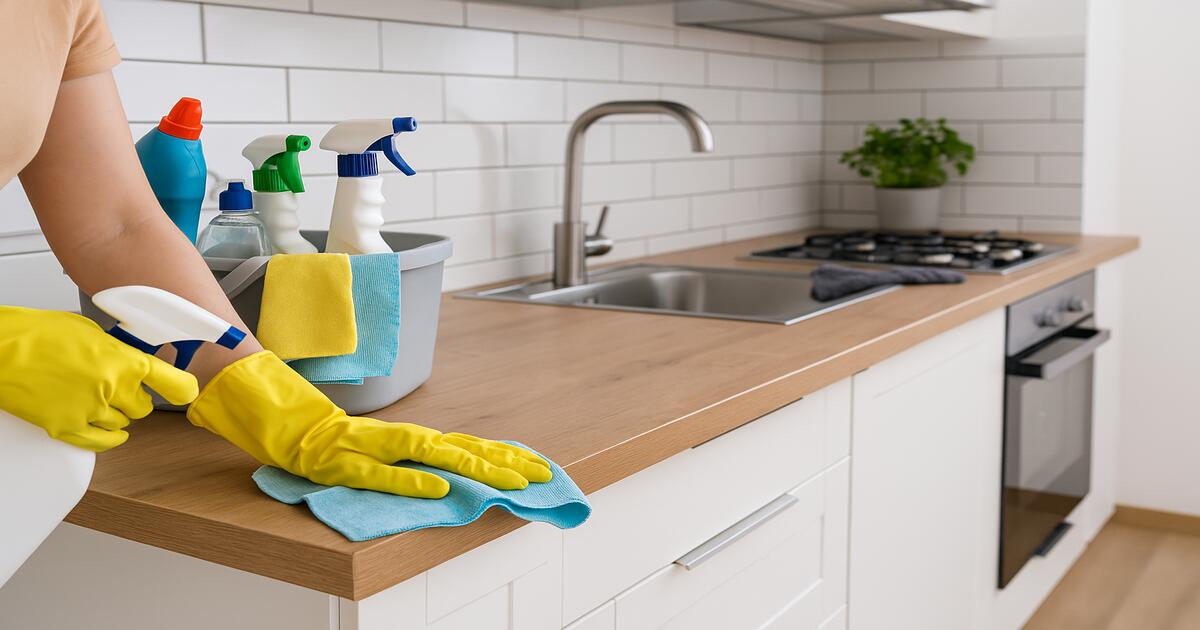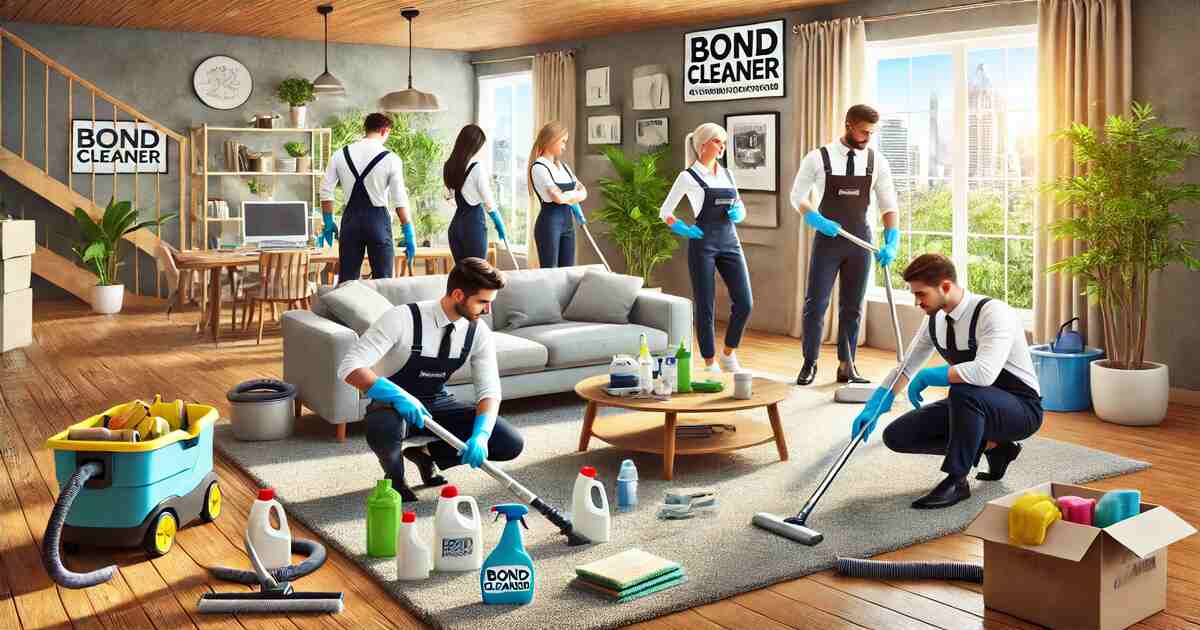
Simple Care Tips to Keep Your Wood Floors Looking New
Have you ever looked at your engineered wood floors and asked yourself, Am I cleaning these right? You are really not alone! These beautiful and long-lasting floors give design elegance from hardwood floors and durability from the contemporary age, depending on how one treats them.
Many homeowners end up ageing their floors prematurely by using too much water or sometimes in the wrong way with the wrong product or an extremely abrasive tool. But it really is a lot easier to keep engineered wood floors than one may think. With the right practice and a few mindful steps, your floors shall keep looking great for many years. So let’s dig in and get your thorough guide about cleaning and maintaining engineered wood flooring the right way.
1. What You Need to Know About Engineered Wood Floors
An engineered wood floor has a veneer top layer of real wood over a various number of layers of plywood or fiberboard below, as per bond clean in Brisbane. This multi-ply construction provides greater moisture and thermal resistance compared to solid hardwood. But it is not indestructible. The surface still may be damaged by harsh chemicals, standing water or abrasive tools. This is why the important thing is to watch care.
2. Everyday Cleaning to Avoid Breakage
Dust and dirt appear to be harmless, but actually they will scratch the floor surface as with sandpaper. Wear prevention a soft bristled broom or a microfiber dust mop should be used to sweep daily. Vacuums with a hard floor setting or a soft brush are also fine, but not the type that have rotating beater bars, as these items will damage the finish with wood scuffs.
3. Damp Mopping Weekly
To clean more deeply on a weekly basis, take out a light damp microfiber mop. Wetting is a big no, do not indulge in soaking, and do not employ steam cleaners since moisture on the floors will gather inside the layers and causes swelling up or warping. Apply a special hardwood or engineered wood floor cleaner. Alternatively, combine some drops of gentle dishwashing soap in hot water. Never go to clean without getting out the water in your mop.
4. Fast Spill Clean Up
Spills occur and in the event that they do, it is advisable to act swiftly. Dab blotting liquids promptly with a clean cloth, using a soft cloth; do NOT rub, which may cause the spill to spread, or impart some damage to the finish. To remove sticky spots, damp cloth and gentle cleaner should be used and the spot dried immediately. Don not use vinegar, bleach, or ammonia-they are too harsh, and will remove the finish off your floor.
5. Defending Zones of High Traffic
Entrance, kitchen areas and corridors are more prone to wear off earlier. Minimise damage of these areas by putting doormats in front doors and putting rugs or runners. Do not get a rug that is one-sided with rubber as it captures moisture and stains the floor. Moving furniture occasionally of course levels out wear and avoids worn areas.
6. Pet and Furniture Precautions
Damages like dents and scratches can be made on furniture when not appropriately taken care of. Felt pads can also be used on chairs, sofas and tables. Dragging of furniture must always be avoided in favor of lifting. When you have pets, make sure that nails are not scratched and bowls where they can place food and water should have mats, so the moisture is not contributing to damage.
7. Be Alert of the Change of Seasons
The thing with engineered wood it is the fact that it is more stable than hard wood but still, it can react to too much, and abnormal wetness or dryness. It could dry the air indoors during winter due to heating of the indoor space hence causing slight contraction to the floor. A humidifier can be used to make sure that there will be an optimal level of moisture in the air (35-55%). This problem will be eliminated by not flooring swelling during humid months, sufficient ventilation or the use of a dehumidifier will do it.
8. What Not To Do At All
Steel wool or coarse scrub brush should not be used to clean engineered wood since this material is softened by abrasive cleaning agents. Avoid rough cleaners including ammonia, vinegar or bleach as they might tarnish or mark the outer layer. You too must not use wax and oil-based cleaner unless your floor manufacturer recommends the same since the items can leave some residue or make it problematic to refinish in future.
9. Safe Shine Revival
Engineered wood floors can lose their shine over time. A water-based floor refresher can be used on wood surfaces to bring the shine back. They are manufactured to remove gloss without leaving any sticky and slippery residues. It is advisable to always test a product on a small, non-conspicuous area in regard to the entire floor. When you have a seriously scratched or worn floor, take the advice of a professional on refinishing-with a caveat in that engineered wood can be sanded only a certain number of times according to the thickness of the top veneer.
Conclusion
Cleaning and caring for extended maintenance of engineered wood floors is a blend between tactful washing and spills and timely reaction and rebuff. Avoid pooling up of water, forgo harsh chemicals and use the appropriate tools. Throw in a couple of smart products such as rugs, felt pads, and seasonal checks, and you can enjoy beautiful-looking floors years later. A small level of daily attention and weekly cleaning, however, and your engineered wood floors will leave your home shining with decadence, cosiness and panache, you know, without the worry, just like with professional bond cleaning services.



